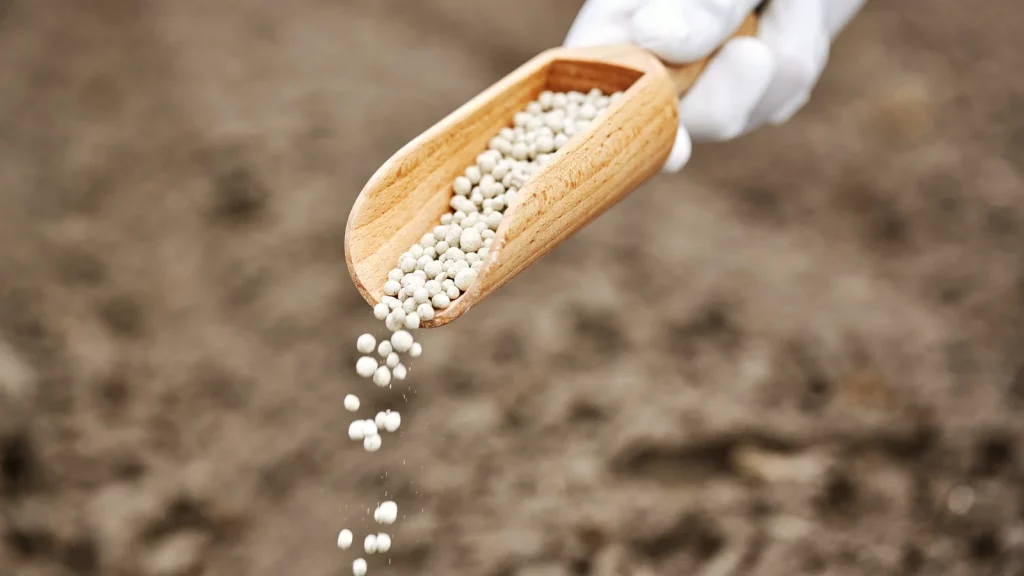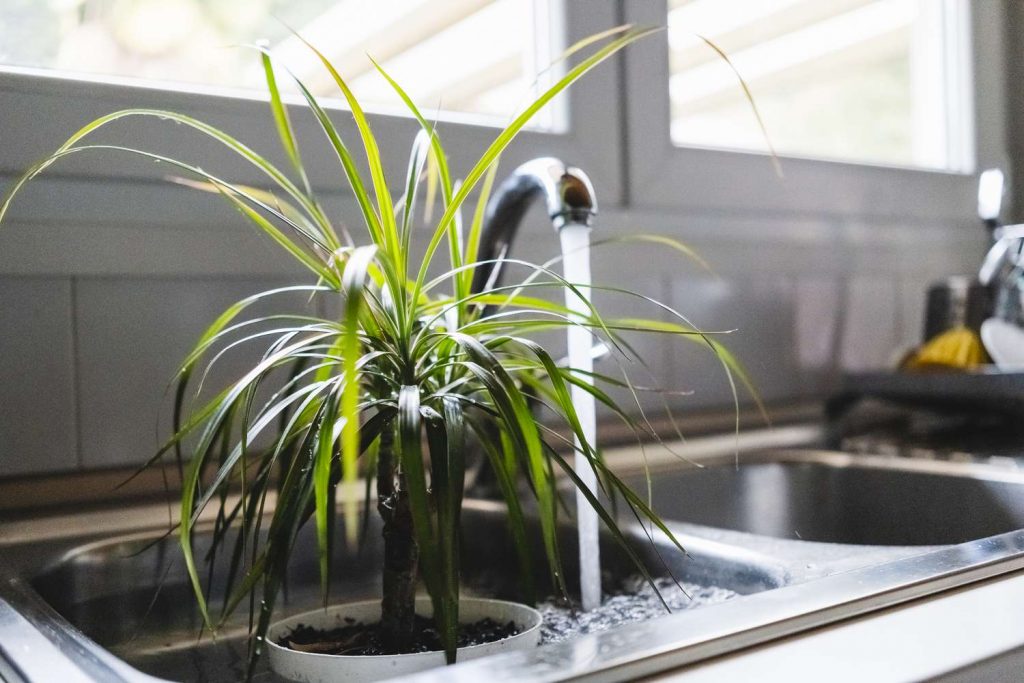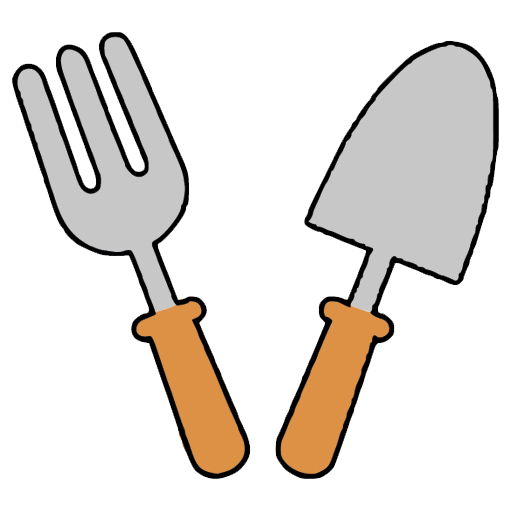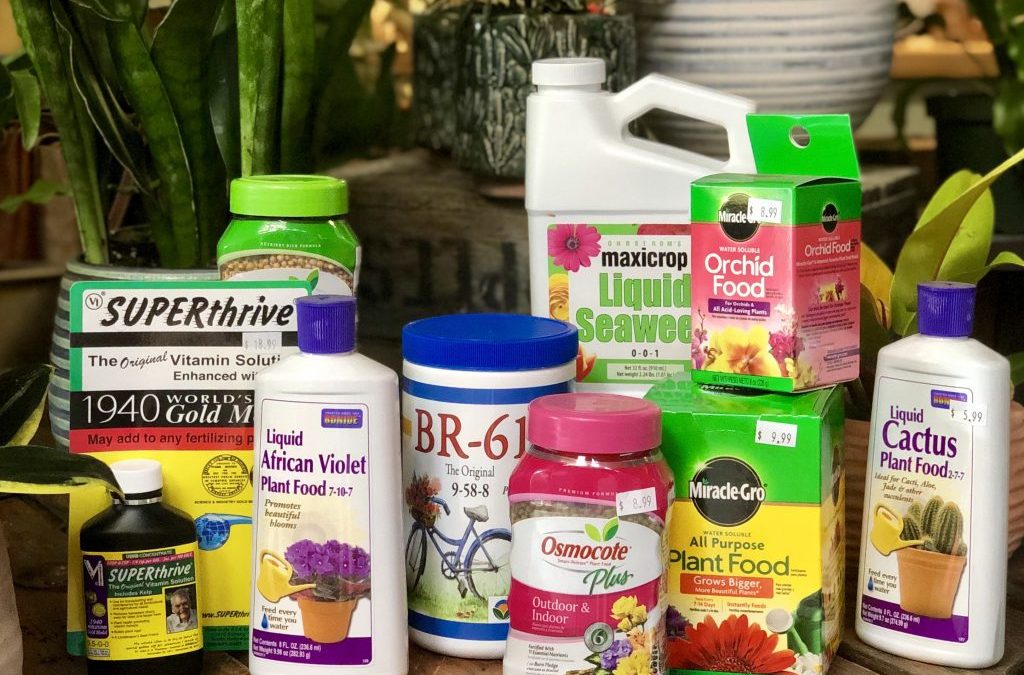Contents
- 1 Can You Use Outdoor Plant Food on Indoor Plants? (Safe vs Risky Options)
- 1.1 Why Outdoor and Indoor Fertilizers Aren’t Always the Same
- 1.2 Types of Outdoor Plant Food (And What They Mean Indoors)
- 1.3 When You Can Use Outdoor Plant Food on Indoor Plants
- 1.4 When It’s Too Risky to Use Outdoor Fertilizer Indoors
- 1.5 How to Safely Use Outdoor Fertilizer on Indoor Plants
- 1.6 Safer Alternatives: Indoor-Specific & Organic Feeds
- 1.7 Common Mistakes to Avoid
- 1.8 FAQs About Using Outdoor Fertilizer on Indoor Plants
- 1.9 Final Thoughts: Should You Use Outdoor Plant Food Indoors?
- 2 How to Build a DIY Smart Plant Setup
Can You Use Outdoor Plant Food on Indoor Plants? (Safe vs Risky Options)
Using what you already have in the shed sounds smart – but can you safely use outdoor plant food on indoor plants without damaging them?
The short answer: sometimes yes, sometimes absolutely not. The difference depends on the type, strength, and how you use it.
In this guide, you’ll learn when outdoor fertilizers are safe indoors, when they’re risky, and how to use them without burning roots, causing salt build-up, or attracting pests.
Why Outdoor and Indoor Fertilizers Aren’t Always the Same
Outdoor fertilizers are usually designed for large root zones, rain, and run-off. Indoors, there’s no rain to dilute anything – every grain or drop stays in that pot until you flush or repot the soil.
That means outdoor feeds often:
Have higher nutrient concentrations
Assume heavy watering or rainfall
Are designed for lawns, shrubs, or beds, not small pots
Indoor-specific fertilizers are weaker, balanced for containers, and less likely to cause fertilizer burn in a closed environment.
The Ultimate Guide to Indoor Plant Fertilizers
Types of Outdoor Plant Food (And What They Mean Indoors)
Before deciding if you can use an outdoor product, you need to know what kind it is.
1. Granular Garden Fertilizers
These are the pellets or granules you sprinkle on beds or dig into soil.
Pros: Long-lasting, strong feeding
Cons indoors: Easy to overdo in pots; can cause salt buildup and burnt roots
Granules designed for beds, lawns, or trees are usually too strong for small pots unless heavily reduced and mixed into soil very carefully.
2. Liquid Outdoor Fertilizers
Liquid concentrates that you mix with water (often for beds, borders, or veg patches).
Pros: Easy to dilute, fast-acting
Cons indoors: Labels are usually based on outdoor watering; full-strength can be too strong
These can sometimes be used indoors at a much lower strength than the bottle suggests.
3. Lawn Fertilizers
These are almost always a no for houseplants.
Often high in nitrogen
May include weed killers or selective herbicides
Designed for wide, shallow root systems
Never use lawn food on indoor plants – it can easily burn roots or damage foliage.
4. Slow-Release Garden Pellets
Outdoor slow-release pellets can occasionally be used indoors if they are:
Clearly labelled for container use
Balanced (e.g., 10-10-10 or similar)
Used in very small quantities
However, indoor-specific slow-release pellets or spikes are usually safer and easier to dose.

When You Can Use Outdoor Plant Food on Indoor Plants
You can sometimes use outdoor fertilizer indoors if:
It’s a general-purpose plant food (not lawn-specific)
It doesn’t include herbicides or weed killers
You dilute it more than the label suggests
You monitor your plants closely afterward
Safe-ish scenario:
You have an outdoor all-purpose liquid fertilizer and want to feed your pothos or monstera.
Label says: 10 ml per litre for garden beds
Indoors: start with 2–3 ml per litre instead
Feed no more than once a month and watch for leaf burn or yellowing
If in doubt, start weaker – you can always feed again, but you can’t undo burned roots easily.
When It’s Too Risky to Use Outdoor Fertilizer Indoors
Avoid using outdoor products on indoor plants when:
The product is specifically for lawns, hedges, or trees
It mentions weed control, moss control, or selective herbicide
It has extremely high N-P-K numbers (e.g., 30-0-10)
You’re unsure what’s actually in it
Indoor plants in pots have nowhere to escape strong chemicals. It’s better to skip one feeding than risk killing a plant with the wrong product.
Outbound link: For more on safe feeding, see The Spruce’s advice on choosing fertilizers for houseplants (search: “The Spruce choosing fertilizer for houseplants”).
How to Safely Use Outdoor Fertilizer on Indoor Plants
If you decide to use an outdoor plant food indoors, follow these steps to reduce risk.
1. Dilute More Than the Label Says
As a rule of thumb:
Use ¼ to ½ of the recommended outdoor dose
Mix thoroughly in water so you don’t get “hot spots” of strong solution
Example: If label says “1 capful per litre”, use ¼ capful instead.
2. Only Feed During Active Growth
Never experiment with strong feeds when plants are dormant or stressed.
Feed during spring and summer
Avoid feeding freshly repotted or recently overwatered plants
Skip feeding if leaves already show burn or damage
3. Water Before Fertilizing
Always water your plant with plain water first, especially indoors.
This prevents:
Fertilizer sitting on dry roots and burning them
Uneven nutrient absorption
After watering lightly, apply your diluted fertilizer solution.
4. Flush the Soil Occasionally
Outdoor fertilizers can leave more salt behind in the soil.
Every few months, flush the pot:
- Place the plant in a sink or tub.
- Pour clean water through the soil for a few minutes.
- Let it drain completely.
This helps wash out excess salts and reduces the risk of fertilizer burn.

Safer Alternatives: Indoor-Specific & Organic Feeds
If you’re not sure about using outdoor plant food, switching to indoor-specific feeds is simpler and safer.
Good options include:
Indoor liquid fertilizers with balanced N-P-K
Organic feeds like seaweed extract or fish emulsion
Slow-release indoor plant pellets or spikes
You can find houseplant-specific liquid fertilizers, organic seaweed feeds, and slow-release indoor spikes on Amazon, all designed for container-grown plants with lower burn risk.
Common Mistakes to Avoid
Using lawn food on indoor plants
Feeding at full outdoor strength in a small pot
Fertilizing dry soil
Feeding stressed, newly repotted, or diseased plants
Ignoring early warning signs like brown leaf tips or white crust on soil
If you see burn or damage after feeding, pause all fertilizer and focus on flushing and recovery.
FAQs About Using Outdoor Fertilizer on Indoor Plants
1. Can I use tomato food on indoor plants?
Sometimes, in very diluted form. Tomato feeds are often high in potassium and can work for flowering houseplants – but always use at reduced strength and test on one plant first.
2. Is it better to buy indoor-specific fertilizer?
Yes. It’s usually safer, easier to dose, and designed for container plants that don’t get rain or run-off.
3. What if I’ve already overfed with outdoor fertilizer?
Flush the soil thoroughly with water, trim damaged leaves, and avoid feeding again for a few weeks. If roots are badly burnt, repot into fresh mix.
Final Thoughts: Should You Use Outdoor Plant Food Indoors?
You can use some outdoor plant foods on indoor plants – but only carefully, and never all types.
The safest approach is to treat outdoor feeds as strong concentrates, dilute them heavily, and use them sparingly while watching for any signs of stress.
For most indoor gardeners, switching to indoor-specific or gentle organic feeds is the easiest way to keep houseplants healthy without the risk of fertilizer burn.
When in doubt, feed less, not more – your plants will thank you.
Related Articles
UPGRADE YOUR PLANT CARE ROUTINE
How to Build a DIY Smart Plant Setup
Discover how to automate watering, lighting, and humidity control with simple smart tools — perfect for modern indoor gardeners.

